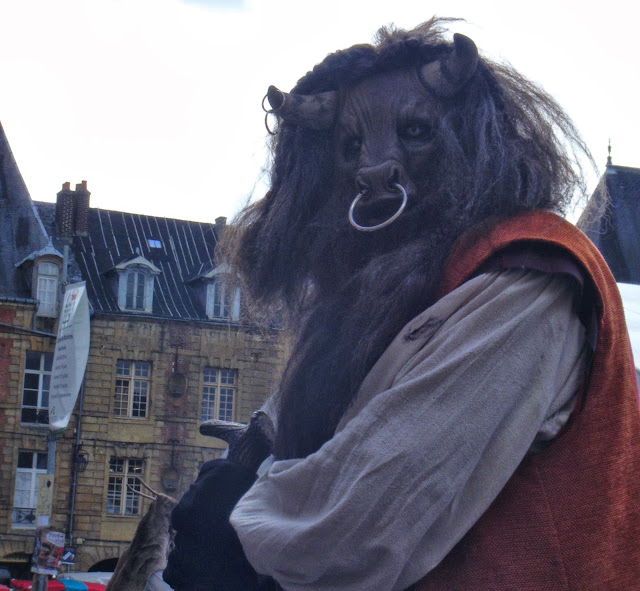 |
| Celtic cross at Gulval. |

Perhaps it was precisely because of this romantic twist that I wasn't allowed to follow the series, although I used to hear about the latest gripping episode on Monday morning at school.
Either way, it was only in January of this very year that I finally managed to see what I had missed out on in my early teenage years. I ordered a second-hand box set of the Poldark TV series and wasn't entirely sure what to expect...
 |
| Our house somewhere shrouded in mist in the valley |
 |
| Our old house - included just for my own pleasure... |
 |
| The same again - no direct link to Poldark - but a past part of Cornwall for me... |
They were fascinatined by the passion and drama that crashed around the plot much like the waves that opened each episode, and were likewise ensnared by the cliffhanger event that marked the end of each weekly fix of Poldark titillation. No wonder I felt left out in the cold!
 |
| Partners in crime... |
The setting for all of this breathtaking drama, was one of equally stunning nature; the rugged moorland and spectacular coastline of Cornwall. It was mostly this that drove me to watch Poldark - the desire to view landscape that had been familiar to me and in so doing, escape the cityscape around me here in the present. Coming from Cornwall, though not actually Cornish, I wanted a hefty fix of homeland. The Poldark series 'delivered', though I wish even more had been shown of the land and sea. However, I was also dying of curiosity to see the scene that I had witnessed in person, back then as a child in the mid-seventies...
 |
| And again... |
 |
| Very seventies. |
Never a tomboy, but always ready for a bit of action, and perhaps rightly labelled a 'scallywag' by a neighbour across the valley, I didn't need persuading to jump down into the grave with the boys.
It was a great; authentic skeletal remains protruded out of the soil on the sides of the hole. What wasn't so great, was the attempted ascent out of the depths. The boys shoved and hoisted each other up and out, but left me in there, scrabbling against the earthy flanks, trying to get a hold, but merely filling up my boots with dislodged soil. Finally they relented and hauled me out, and nothing more was said about the event, or indeed the filming, although we heard later that the farmhouse of one of the boys from school had been used as Nampara - Ross's home.
It was naturally a true pleasure to see a few fleeting images of our old church in the Poldark series, but more remarkable still was to see the funeral scene, filmed from down inside the grave, just as I had experienced it! My children weren't impressed, but I did feel honoured to have been there.
We moved away from the country in 1976. We left behind the farmhouse, hill walks, mine-shaft dodging on the moors, treks across muddy fields, past herds of menacing cattle to go to school or over towards St Ives in favour of relatively 'glamorous' townlife.

As much as I was excited to live in a 'big' town, in a 'real' house, and had been counting the days till we would leave, I can remember swearing to myself then that one day I'd come back and buy our farmhouse. I've followed the changes the old place has undergone over the years, but it makes me sad to see it now.
It has become a holiday let, and is barely recognisable. It can even be viewed on the internet, but try as I might I can't find in these glossy images any remains of the old ramshackle house which itself dated from the 18th century - the Poldark period. The only thing that hasn't changed over the years is the house name, which I won't mention, for obvious reasons, and the distinctive chimney which us children would clamber up to escape from punishment merited by our latest escapades. I don't remember if we even told our parents about our grave affair...
Well, just for good measure for my virtual memory box - this post - I'll include a weird video clip of a wedding I attended as a child. This has absolutely no relevance to Poldark. I was the one fidgeting and flouncing around in the pink checkered dress. I don't know how the cow came to be there, but this was the wild seventies, after all.
Since buying my DVD set of Poldark, I have noticed that the whole series has been uploaded onto YouTube, so this might give rise to another generation of Poldark fans.
 |
| Along the coast from Porthcurno. |














































